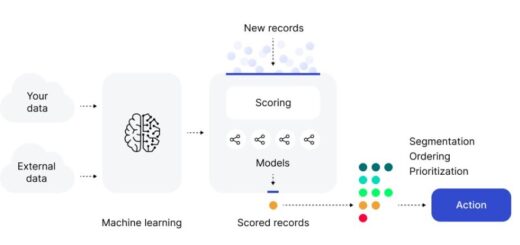Stock Market Predictions Next Week
Stock market predictions next week, let’s go right to the point; for the sake of illustration, we’ll choose one stock at random. Take a look at the “A” price data.
During the trading day, it gains 1 time its initial price on average, but this can vary by a standard deviation of 0.008 on any one day (this is its volatility).
By using the cumulative product of a Normal distribution with a mean of 1 and a standard deviation of 0.008, we may replicate a single sample path for A.
Compare data frames in R-Quick Guide » finnstats
Here is a hypothetical path for 200 days of A trading, assuming A opens at 231/per share.
days <- 200 changes <- rnorm(200,mean=1,sd=0.008) plot(cumprod(c(231,changes)),type='l',ylab="Price",xlab="day",main="Closing price (sample path)")

However, this is only one scenario! If you’re considering investing in A, you’ll want to know what the stock’s potential closing prices are at the end of 200.
We need to know what are plausible upper and lower bounds on the future price to assess risk in this stock.
We’ll solve this by simulating 100,000 alternative possible stock courses and then examining the distribution of closing prices.
Transition plot in R-change in time visualization » finnstats
provides the closing price on day 200 after simulating future moves.
Stock Market Predictions Next Week
runs <- 100000
Let’s simulate the future movements and return the closing price on day 200.
generate.path <- function(){
days <- 200
changes <- rnorm(200,mean=1,sd=0.008)
sample.path <- cumprod(c(231,changes))
closing.price <- sample.path[days+1] #+1 because we add the opening price
return(closing.price)
}
closing <- replicate(runs,generate.path()) median(closing)
At the conclusion of 200 days, the median price of A is simply 229 However, the upper and lower 95th percentiles are also visible.
quantile(closing,0.95)= 276
quantile(closing,0.05)= 190
Class Imbalance-Handling Imbalanced Data in R » finnstats
This is just for illustration models of stock market movements; even models that are usually regarded as poor simulations of stock prices would utilize a log-normal distribution at the very least.
Monte Carlo simulations are widely used in real-world quantitative finance.


